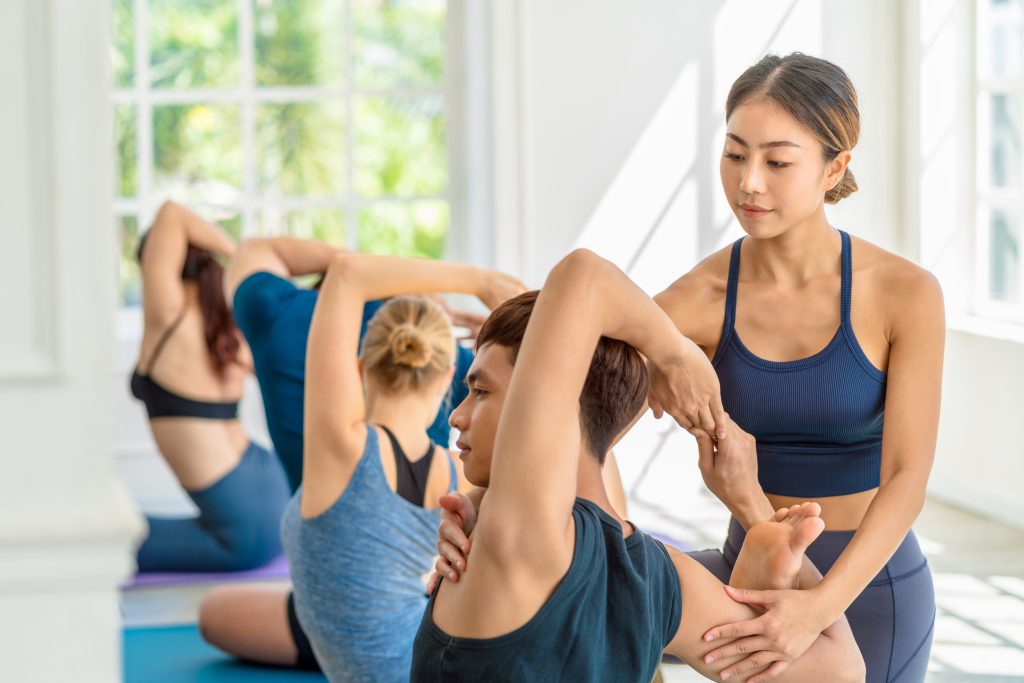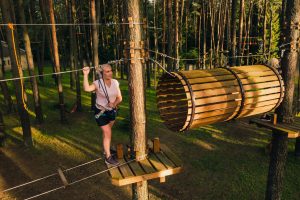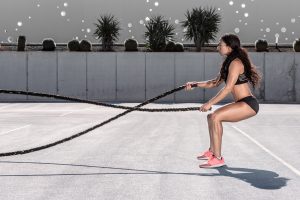
Yoga Workouts for Mind and Body: Find Your Inner Zen
Have you ever felt overwhelmed by the demands of everyday life? Do you struggle with maintaining a healthy mind and body amidst the chaos of modern society? If so, yoga may be the perfect solution for you! In this article, we will explore the world of yoga workouts and how they can help you find your inner zen. Not only does yoga promote physical health and strength, but it also has numerous mental benefits, such as increased mental clarity and reduced stress levels. We will cover various styles of yoga, including yin, vinyasa flow, and aerial yoga, each providing unique benefits to the mind and body. So whether you’re a seasoned yogi or new to the practice, read on to discover how yoga can transform your life.
Yin Yoga
Yin Yoga is a style of yoga that involves a slow-paced, meditative approach with poses held for longer periods of time than other forms of yoga. It is known for its focus on deep breathing, relaxation, and stretching the connective tissues of the body. Incorporating Yin Yoga into a regular yoga routine can have several benefits, including increased flexibility, improved joint health, and the release of tension in the body.
Compared to other forms of yoga, Yin Yoga is unique in that it focuses on holding poses for extended periods of time, usually between 3-5 minutes. This allows practitioners to access deeper layers of connective tissue and loosen up areas of the body that may be causing tightness or discomfort. It also helps to target the joints and improve overall joint health.
Some popular Yin Yoga poses include the Dragon pose, Butterfly pose, and Pigeon pose. These poses can be held for several minutes at a time and can be modified to suit individual needs and abilities. Visual aids such as videos or images can be helpful for beginners looking to learn new poses and perfect their form.
Starting a Yin Yoga practice should be done with care and attention to the body’s needs. Beginners should start with basic poses and gradually build up to more complex poses over time. It is important to listen to the body and not push beyond one’s limits in order to minimize the risk of injury and ensure that the practice remains safe and enjoyable.
Hatha Yoga
Hatha Yoga is one of the most popular forms of yoga that combines physical postures with controlled breathing and meditation. This traditional style is ideal for beginners as it offers a gentle introduction to yoga while providing all of the benefits for a healthy body and mind. Hatha Yoga generally consists of a series of basic poses that are held for a period of time to build strength, flexibility, and balance.
One of the primary benefits of Hatha Yoga is that it can help to improve physical health, such as increasing overall strength, flexibility, and balance. It can also help to reduce stress and improve mental clarity by incorporating controlled breathing and meditation. Some of the basic poses in Hatha Yoga include the Mountain pose, Tree pose, and Warrior pose. These poses can be modified to suit individual needs and abilities, making Hatha Yoga accessible to everyone regardless of their fitness level or flexibility.
If you are new to Hatha Yoga, it’s important to start with basic poses and gradually build up to more complex poses over time. It’s also recommended to practice under the guidance of an experienced yoga instructor who can help you to develop good form and prevent injury. For those looking to incorporate Hatha Yoga into their daily routine, it can be practiced at home or in a yoga studio, ideally for at least 30 minutes several times a week. Overall, Hatha Yoga is an excellent starting point for those looking to begin a yoga practice and improve their overall health and well-being.
Vinyasa Flow
Vinyasa Flow is a popular form of yoga that has quickly gained traction among yogis. It is a dynamic practice that emphasizes linking breath and movement in a continuous flow. Unlike other forms of yoga, Vinyasa Flow incorporates more movement and transitions between poses to create a more challenging, exercise-focused practice.
This style of yoga provides multiple benefits for both the body and mind. Vinyasa Flow helps improve flexibility and build strength, making it a great way to increase endurance and build muscle tone. It also incorporates cardiovascular exercise, which helps increase blood flow, improve blood circulation, and lower blood pressure.
Mentally, practicing Vinyasa Flow helps to improve focus and reduce stress. The flow of movement and breath creates a sense of mindfulness, allowing the mind to connect to the present moment. With its combination of physical and mental benefits, Vinyasa Flow is a fantastic option for anyone looking to improve both their physical and mental well-being.
Restorative Yoga
Restorative Yoga is a form of yoga that focuses on relaxation and rejuvenation, allowing the body and mind to fully let go of stress. This style of yoga is characterized by long-held, supported poses that place the body in positions of ease and comfort. Rather than actively stretching or strengthening muscles, Restorative Yoga encourages the body to relax and release tension, promoting a sense of calm and well-being.
The benefits of Restorative Yoga are numerous, and include increased flexibility, improved sleep, and reduced anxiety. By holding poses for extended periods of time, practitioners are able to deepen their stretches and improve their range of motion without straining their muscles. This gentle form of stretching can also help to reduce muscle soreness and tension, making it an excellent choice for those recovering from injury or dealing with chronic pain. Additionally, Restorative Yoga has been shown to improve sleep quality and reduce symptoms of anxiety and depression.
Basic poses in a typical Restorative Yoga practice include gentle twists, seated forward folds, and supported backbends. These poses are typically held for several minutes at a time, allowing the body to fully relax and release tension. The goal of Restorative Yoga is not to strain or challenge the body, but rather to invite a sense of ease and comfort.
To aid in relaxation, Restorative Yoga often incorporates the use of props such as blankets, bolsters, and eye masks. These props help to support the body in various poses, allowing for deeper relaxation and rejuvenation. By using props to support the body, practitioners are able to fully let go of tension and stress, allowing for a deeper sense of relaxation and well-being.
Bikram/Hot Yoga
Bikram/Hot Yoga is a unique form of yoga that is practiced in a heated environment. Each class follows a set sequence of 26 poses, designed to provide a challenging and invigorating workout for the mind and body. The benefits of Bikram/Hot Yoga are numerous, ranging from improved flexibility and muscle tone to increased mental clarity and stress relief.
One of the defining features of Bikram/Hot Yoga is the heated environment. Studios are typically kept at a temperature of around 105 degrees Fahrenheit, with a humidity level of 40%. This creates a challenging, yet invigorating environment that helps practitioners to sweat out toxins and improve their overall health and wellness. The specific sequence of 26 poses helps to target every muscle group in the body, allowing practitioners to build strength, flexibility, and endurance.
While there are many benefits to practicing Bikram/Hot Yoga, there are also potential challenges and precautions to be aware of. Due to the high temperature and humidity levels, dehydration and overheating can be a concern for some practitioners. It is important to drink plenty of water before, during, and after practice, and to take breaks as needed to avoid overheating. Additionally, it is important to listen to your body and only push yourself as far as you feel comfortable.
Kundalini Yoga
Kundalini Yoga is a spiritual practice that has its roots in ancient Indian tradition. It was brought to the west by Yogi Bhajan in the 1960s and has since gained popularity for its unique approach to achieving mind-body harmony.
One of the most distinctive aspects of Kundalini Yoga is its emphasis on breathwork or pranayama. This involves using specific breathing techniques to control the flow of energy in the body and to connect with the divine. Another unique aspect of Kundalini Yoga is the use of chanting or mantra, which is believed to have a powerful transformative effect on the mind and body.
Meditation is also a key component of Kundalini Yoga, with practitioners encouraged to sit for periods of time to develop their focus, clarity, and inner awareness. Unlike other forms of yoga, Kundalini Yoga is often performed with the eyes closed, allowing practitioners to turn inward and focus solely on their breath and bodily sensations.
In addition to its spiritual aspects, Kundalini Yoga is also beneficial for the body. It can improve flexibility, strength, and balance, while reducing stress and promoting relaxation. The practice is also said to increase feelings of spiritual connection and awareness, leading to a heightened sense of well-being and vitality.
Some basic postures or asanas in Kundalini Yoga include easy pose (sukhasana), corpse pose (savasana), and camel pose (ustrasana). There are also several breathing exercises or pranayama techniques that beginners can try, such as long deep breathing (dirga pranayama) and alternate nostril breathing (nadi shodhan pranayama).

Conclusion
In conclusion, yoga is a versatile and beneficial practice for both the mind and body, with various yoga types offering unique advantages. Different styles of yoga promote physical strength, core stability, muscle tone, and blood flow, while also reducing stress, increasing mental clarity, and promoting inner awareness. It’s important to remember that yoga can be personalized to cater to anyone’s specific needs, and that there is no one-size-fits-all approach. Whether a beginner or an experienced practitioner, there is always room to explore the depths of yoga and its benefits. Therefore, we encourage readers to continue exploring different styles of yoga, and to make yoga a regular and consistent aspect of their daily routines.


